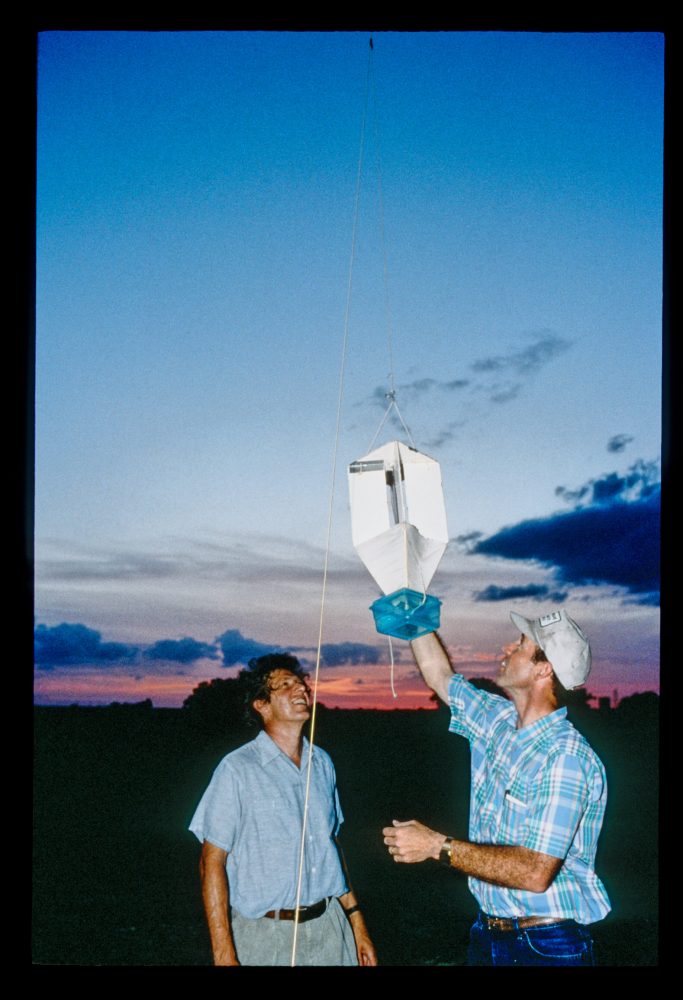Kite Science
 In the United States, perhaps the one universal “kite fact” is that Benjamin Franklin flew a kite in 1752 to prove that lightning was “electrical matter.” Speculation that the experiment never happened is immaterial, Franklin and his experiment are commemorated on coins, postage stamps, beer mugs, lithographs, and paintings.
In the United States, perhaps the one universal “kite fact” is that Benjamin Franklin flew a kite in 1752 to prove that lightning was “electrical matter.” Speculation that the experiment never happened is immaterial, Franklin and his experiment are commemorated on coins, postage stamps, beer mugs, lithographs, and paintings.
From the mid-1890s kites began an important role in early meteorology. Dines, DeBort, Assmann, and Rotch all played roles in using kites for atmospheric research. The US Weather Bureau had 17 kite stations in the early 1900s and weather data from kite ascents was shared worldwide.
Kites have been used recently for environmental air sampling, bat research, and environmental aerial photography. There is a recent move to harness the power- generation potential of high-flying kites, in which kites flown as high as the jet stream could generate power onboard and transmit it to ground stations, or kite systems’ tethers would generate power on the ground.

